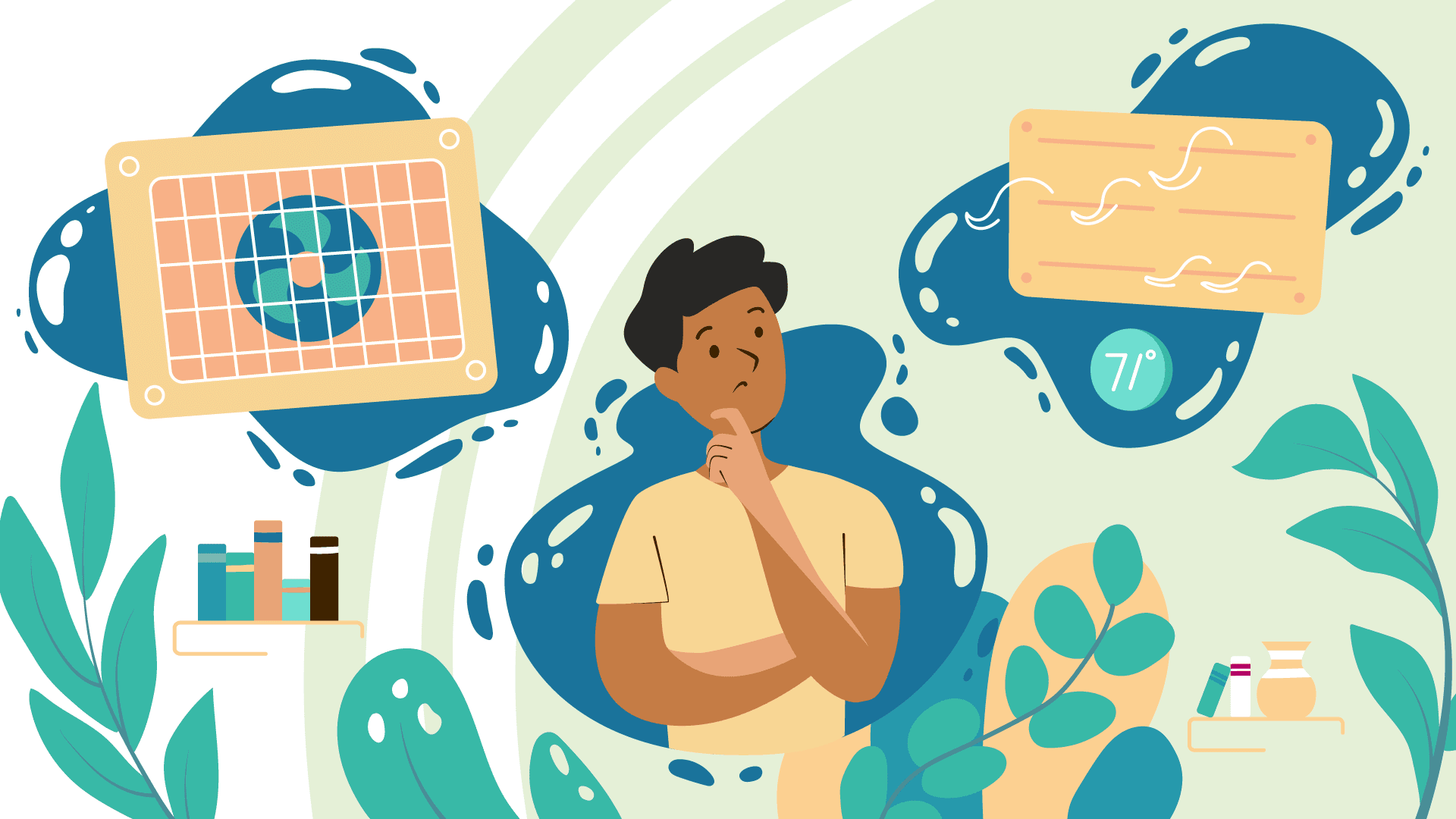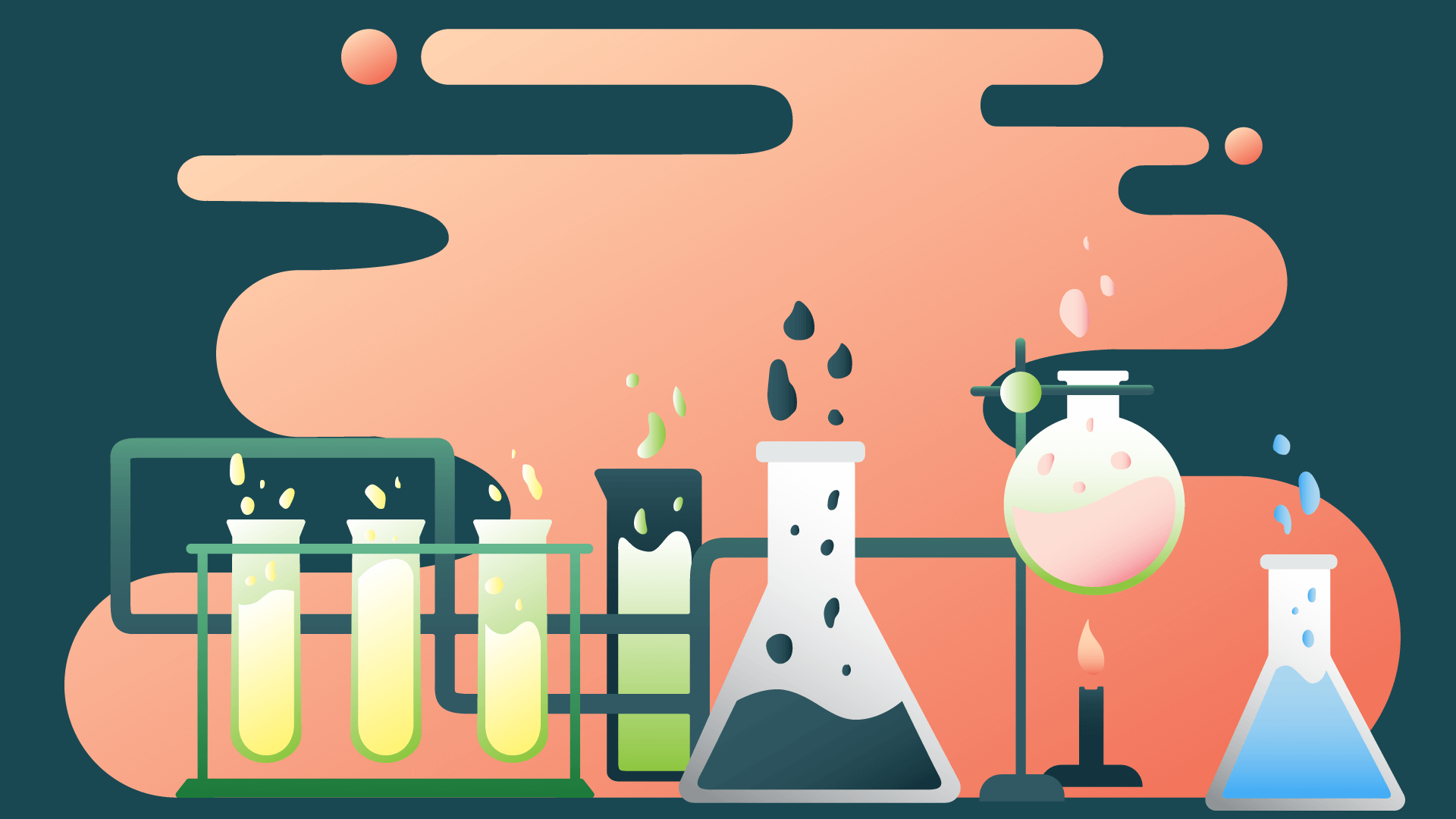Public interest in and demand for indoor air quality solutions grew rapidly throughout the pandemic. Suddenly, products, solutions, tips, tricks, official suggestions and various control strategies were not only widely available but extensively talked about. A lot of it happened seemingly overnight. While there is much to say in favor of the IAQ boom, a surplus of unchecked information will, of course, always have downfalls. One clear point of confusion? Differences between air purification technology, which experts and organizations favored which devices, and questions about air purifier data and accreditation.
Air Purifier Technology
One of the more publicly favored solutions many have pursued since the start of the pandemic is air cleaning solutions. Whether homeowner, business owner, facility manager or supervisor, consumers of all types sought out improved air filtration and purification options. And with good reason! IAQ intervention was then and is still one of the top suggestions official organizations and industry advisors suggest to create healthier indoor spaces. It’s especially important because a building’s HVAC system and indoor air quality do impact occupant health, as well as how illnesses spread indoors—including the potential for COVID-19 transmission.
However, almost immediately, industry experts and indoor environment scientists started heeding warnings about differences among available solutions and products—especially purifiers. And in the months since the first-response COVID decisions, questions about the quality of those initial choices continue. It leaves many wondering: why is there such a lack of continuity in the first place?
Air Purifier Data
Part of what makes choosing an air purifier so difficult is the overall lack of regulations and agreed-upon product guidelines. In short: there are no overarching regulations in place to measure device efficacy, safety or function. Compared to other IAQ solutions, there are no federal guidelines to determine or compare how well an air cleaner removes indoor air pollutants. Not only does this shortage make it incredibly difficult to know which companies and products to trust, or which purifiers are in line with certain organizations’ standards, but it also makes it virtually impossible to effectively compare purifiers.
If you’re wondering if it even really matters … sadly, some manufacturers’ product claims are exaggerated. For example, Testfakta compared 13 air purifier models that all claimed similar particle removal capabilities, and found vast differences in their actual efficacy.
How Are Air Purifiers Tested?
So, how can you actually compare purification technologies or trust air purifier claims without accepted regulations? Whether you’re buying an air purifier for your home or business, or wondering if the solution your facility or school is so excited about is actually good; thankfully, there are other ways to discern if an air purifier is high-quality or not. Let’s break down a few options.

1. Available Industry Standard Guidelines
While there are no federal guidelines available, certain industry organizations do have standards in place to help determine the effectiveness of air-cleaning devices. And others are currently in the process of developing standardized approaches to further compare air purifier data!
Let’s first look at ASHRAE: the American Society of Heating, Refrigeration and Air-Conditioning Engineers. ASHRAE of course established MERV (AKA minimum efficiency reporting value) which measures and provides a rating system for air filters based on the fraction of particles the filter removes from the air as it passes through the filter. The MERV scale is critical for filtration and provides the ability to both rank and compare filters. MERV also offers an ideal example of what a helpful air purifier data comparison system could look like.
ASHRAE also developed a consistent testing method for comparing in-duct UV-C light solutions. There is an accepted standard that tests and compares a device’s ability to inactivate microorganisms on HVAC unit surfaces. There is also a proposed additional standard for comparing in-duct UV-C light solutions’ ability to inactivate airborne microorganisms.
 UV-C Technology: UV-C light solutions, also referred to as sterilization or disinfection, are upper-room solutions installed directly into the existing HVAC system ductwork. Learn more about this powerful technology →
UV-C Technology: UV-C light solutions, also referred to as sterilization or disinfection, are upper-room solutions installed directly into the existing HVAC system ductwork. Learn more about this powerful technology →Another organization, the Association of Home Appliance Manufacturers (AHAM) developed the clean air delivery rate (CADR) as a standardized measuring system for portable purifiers. This rating measures and assesses a purifier’s ability to filter out tobacco smoke, pollen and dust contaminants. However, CADR only applies to portable or single-room air cleaners. So, while helpful for comparing standalone devices, CADR only covers a portion of purification options.
Future Standards
Finally, based on a May 2021 report, the Environmental Protection Agency (EPA) recently developed a standardized approach to evaluate a device’s efficacy against bioaerosols. According to the report, this test can be applied to multiple purification technologies and device styles. The approach features a large test chamber that can be filled with aerosolized viruses to assess various purifiers. If further developed, this test could provide the necessary oversight and standardized comparison currently unavailable for purifiers.
Overall, current industry standards still exclude a critical part of today’s purifier market: whole-home solutions. This is where third-party verification comes into play.

2. Air Purifier Independent Testing & Third-Party Verification
Why third-party verification? We’re not the first to advocate for independent air purifier data and we certainly won’t be the last. Consider ASHRAE’s take:
All filtration and air-cleaning technologies should be accompanied by data documenting their performance in removal of contaminants. These data should be based on established industry test standards or third-party evaluations.
ASHRAE Position Document on Filtration and Air Cleaning
Translation: Until there are widespread regulations or a standardized purifier rating system that applies to all devices, instead look for conclusive data that documents the device’s performance. This testing and data quite literally verify the purifier’s ability. Independent third-party verification is the best way for a manufacturer to back up their product claims.
Third-party testing is entirely separate from manufacturer testing. The process is independent of both the manufacturer and the customer. Third-party data is also the consumer’s best bet at getting real accurate verifiable air purifier data.
To put it plainly, third-party verification is device testing completed by an independent laboratory. The lab thoroughly evaluates the device according to various industry tests in a scientifically controlled environment. Nationally Recognized Testing Laboratories (NRTL) are experts in testing procedures and have air quality industry knowledge. The lab and manufacturer will likely agree on which industry standard to test the product against or the kind of test to design in order to provide relevant data for consumers.
A manufacturer willing to subject their product to an impartial independent lab is significant because the lab may find errors or mistakes. Third-party verification will either provide accurate corrective information or it will certify the manufacturer’s data. Either way, it’s critical knowledge to have as a consumer.
What To Consider Before Buying
Questions to consider and air purifier data to look for before purchasing a device includes:
- What official trade organization and/or laboratory certifications does the purifier have?
- Are there official documents that support the manufacturer’s claims and prove effectiveness?
- Is the air purifier data publicly available?
All testing documentation and air purifier data conducted by both the manufacturer and the third party should be available to the consumer. If not publicly listed or easily found, request the information! If it’s still not shared, then that’s a notable red flag.
One of ASHRAE’s pandemic-related suggestions is to look for testing data that “shows efficiency and occupant safety under conditions consistent with the intended use.” On top of seeking out the data, interpreting the information and determining the intended device use might be difficult. Keep in mind that you can always ask an HVAC contractor to break down the data, or simply for their personal recommendation. There’s a good chance they’ll have device favorites and industry opinions.
Healthy Indoor Air Upgrades
With indoor air quality awareness and interest continuing to grow, IAQ solutions are certainly here to stay. There are effective and efficient air purifiers available for your indoor space that will provide healthier safer air. For your purchasing peace of mind, pursuing third-party verified purifier data and testing information is a helpful step to choose the best solution for you.



